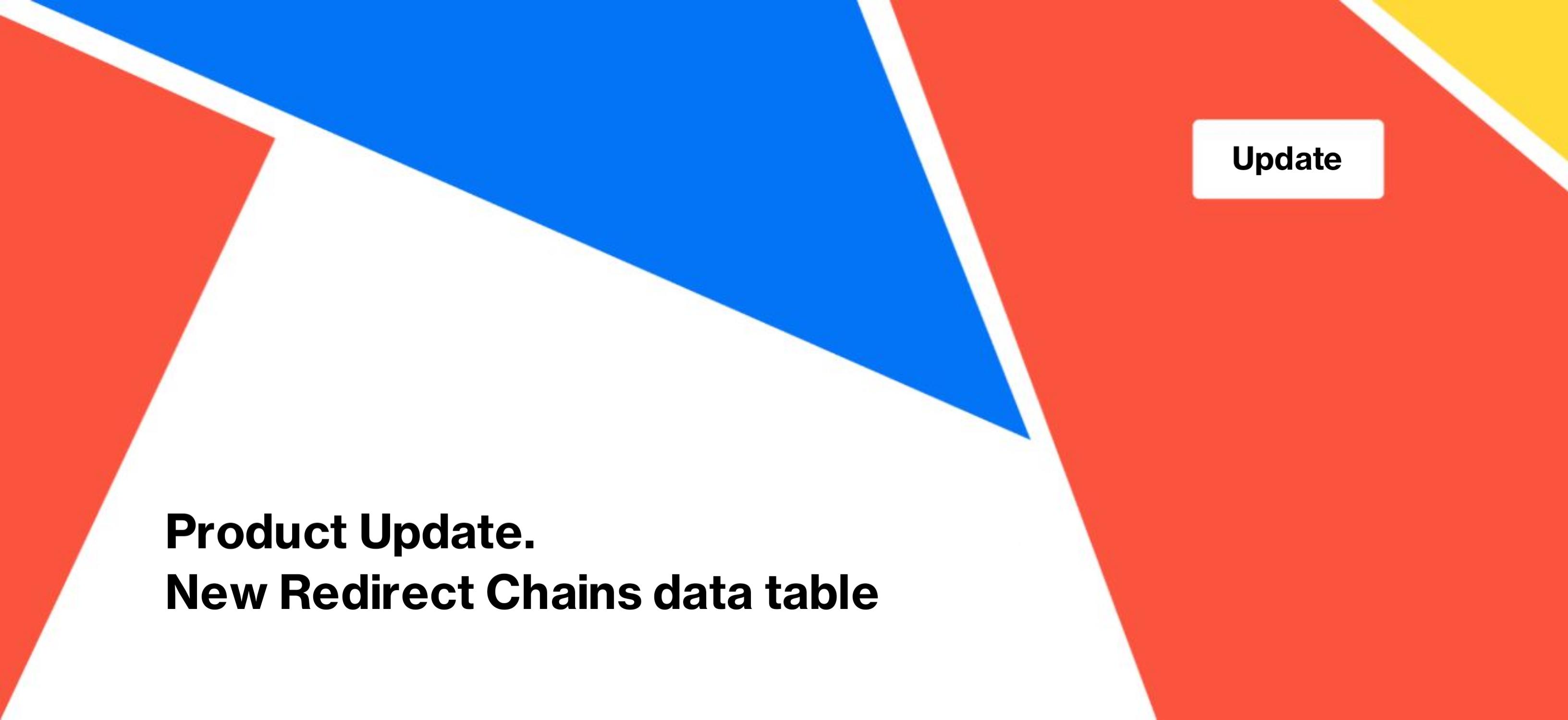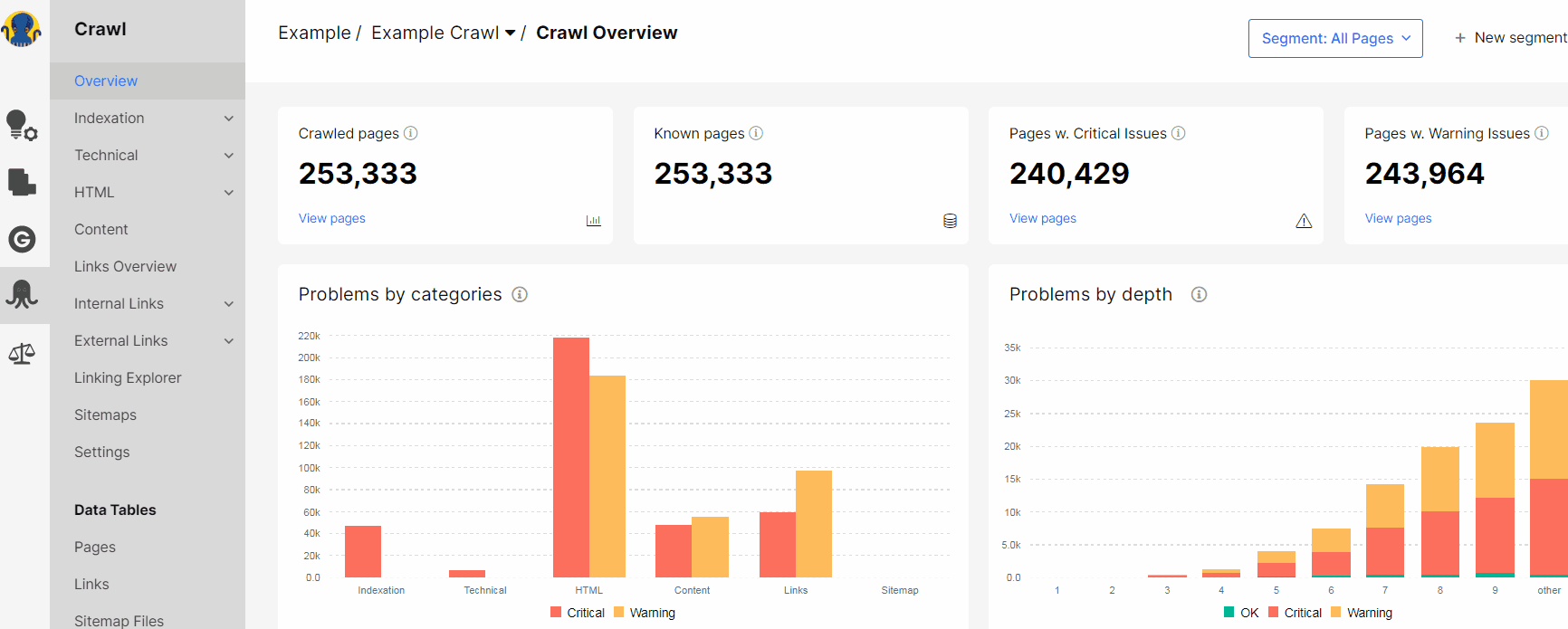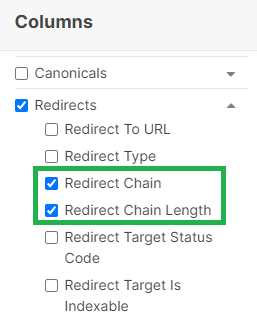
Product Update. New Redirect Chains data table
Spring has brought another exciting update from JetOctopus – an improved redirect chain tracking feature. In this update, users can see the entire redirect chain in one place, making it easier to analyze and ensure that redirects are working correctly for both Google and users.
Improved Redirect Chain Data Table
JetOctopus has updated its “Redirect Chains” report to show the entire redirect chain, not just the number of pages with this issue found and the redirect target status code.
As you already know, JetOctopus has a “Redirect Chains” report. Using this report, you could see which URLs were redirected with multiple hops. For example, if the page https://example.com/page1 has a redirect to the page https://example.com/page2, and then there is a redirect to the page https://example.com/page3, then this is a redirect chain.
More information: How to find redirect chains.
How it works
JetOctopus follows the same logic as Googlebot when crawling websites – it follows all hops during a redirect, and if the number of hops is too large, it stops trying to access the redirected information. JetOctopus stores all this information. To view the entire redirect chain, go to the crawl results section, select the dashboard, “Technical”. Next, go to the “Statuses” report. In the “Statuses” report, you will see a data table “Redirect Chains”.

To see the entire list of URLs in the redirect, click on the “Setup Columns” button and select “Redirect Chains” from the list. You can also add a “Redirect Chain Length” column to see the number of hops in the redirect chain. As we mentioned above, Googlebot will not follow all hops of the redirect if there are too many hops, so “Redirect Chain Length” is very important information.

Users can use the redirect chain information to analyze and ensure that their redirects are working correctly, and that both Google and users can access the content of the redirected page.
In addition to redirect chains, JetOctopus allows users to check other technical issues related to status codes. For example, users can check what types of redirects were used on their website, analyze 301 redirects or detect 302 pages, and find broken URLs pointing to 301, 302, 307, and 308 pages.
JetOctopus continues to work on new updates that help make technical SEO even more effective. With the improved redirect chain tracking feature, users can now easily analyze and ensure that their redirects are working correctly for both Google and users.

